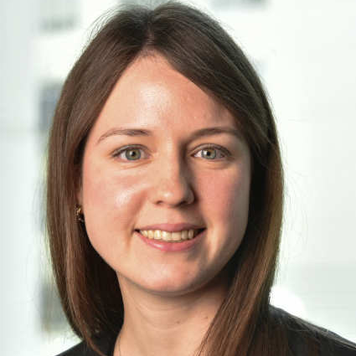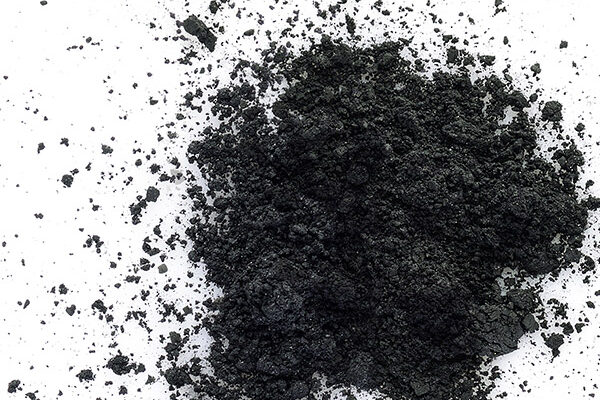A novel cooling technique to improve the speed and sensitivity of RF measurements. The technique allows quantum measurements to be performed with room-temperature equipment, as well as more sensitive and quicker EPR and NMR measurements.
Proposed use
The invention, named cavity-pre-cooling (CPC), improves the speed and sensitivity of RF measurements. It works by eliminating thermal photons from inside a microwave cavity or waveguide just prior to the receipt of a signal travelling around/along the same. Thermal noise on the measured signal is thus reduced so improving the signal-to-noise ratio (SNR), thus boosting the sensitivity and/or shortening the time over which a signal needs to be averaged to achieve a given sensitivity.
The protocol can be used to reduce scanning times in EPR/NMR spectroscopy and imaging, and to boost the fidelity of quantum measurements. Though implemented with equipment operating at room temperature, it delivers the levels of noise performance usually associated with cryogenic equipment operating at liquid-nitrogen or liquid-helium temperatures.
Problem addressed
Deleterious thermal noise across a broad frequency range can be effectively eliminated from microwave circuitry by cooling within a dilution refrigerator to temperatures as low as a few tens of millikelvin. Such refrigerators are, however, bulky, fragile and power-hungry (typically consuming several kW of electrical power). Though unable to cool as deeply, recent studies in the literature have demonstrated the effective removal of thermal photons from particular modes of microwave cavities held at room-temperature through stimulated absorption by a spin-cold medium within the cavity. Nevertheless, this technique still requires a powerful optical pumping source which makes the whole set-up bulky and energy-consuming. A new cooling approach, that can achieve low noise temperatures on modest resources and across a broad band of microwave frequencies is sought .
Technology overview
The CPC scheme removes thermal photons using commercially available HEMT-based low-noise amplifiers (LNAs), which are repurposed as active cold loads (LNA). The microwave cavity can be readily cooled down to 65K (demonstrated) at room temperature. It is free of optical pumping, cryogenics, vacuum system, and strong magnets, providing a broadband and inexpensive approach.
Benefits
- Wide-band cooling that depends only on the operating frequency range of the LNA deployed
- Allows more sensitive and quicker EPR and NMR measurements
- Allows quantum measurements to be performed with room- temperature equipment.
- Inexpensive equipment
- Compatible with existing microwave circuitry
Intellectual property information
GB Priority Application (Number: 2212465.5)





